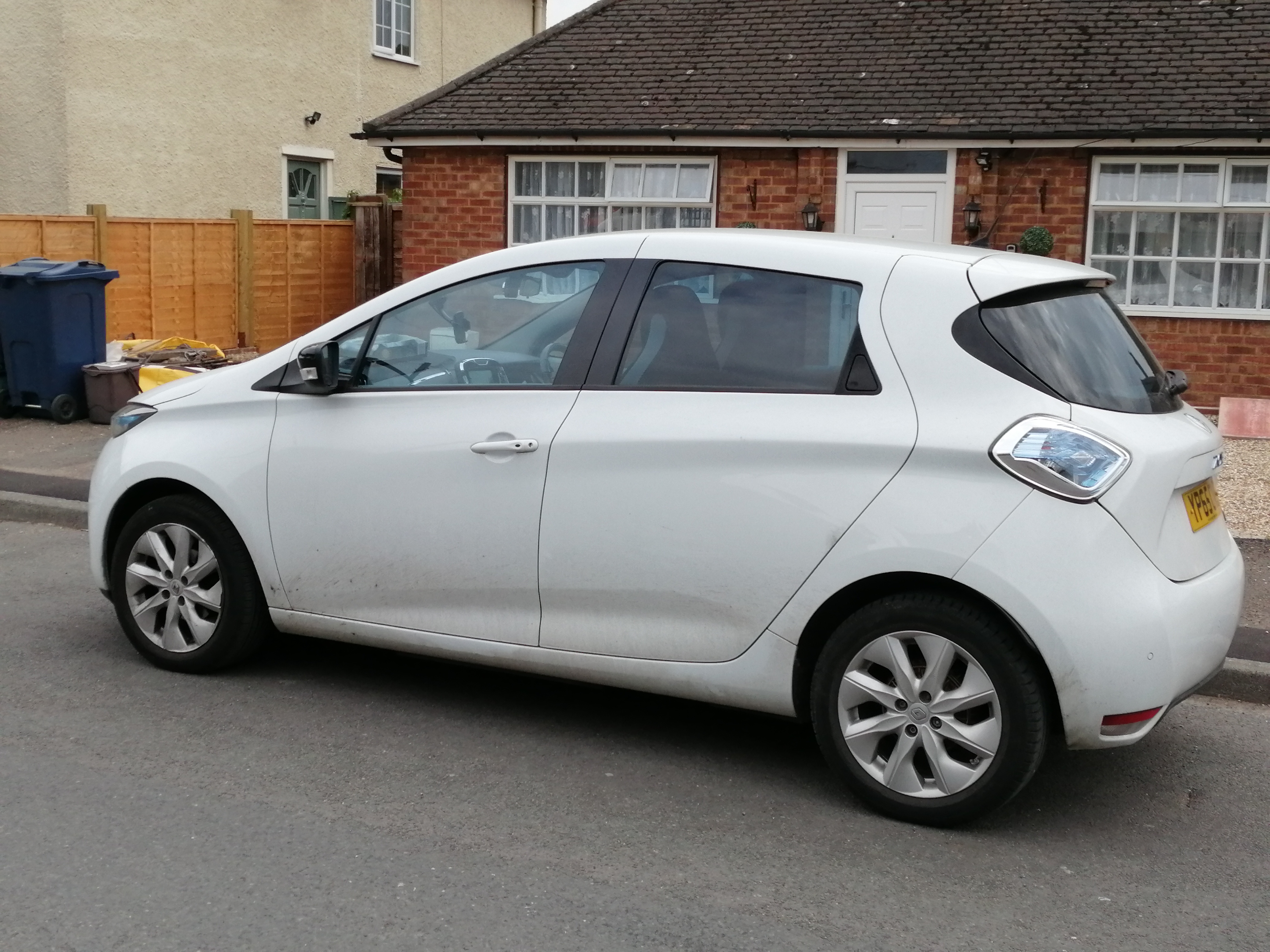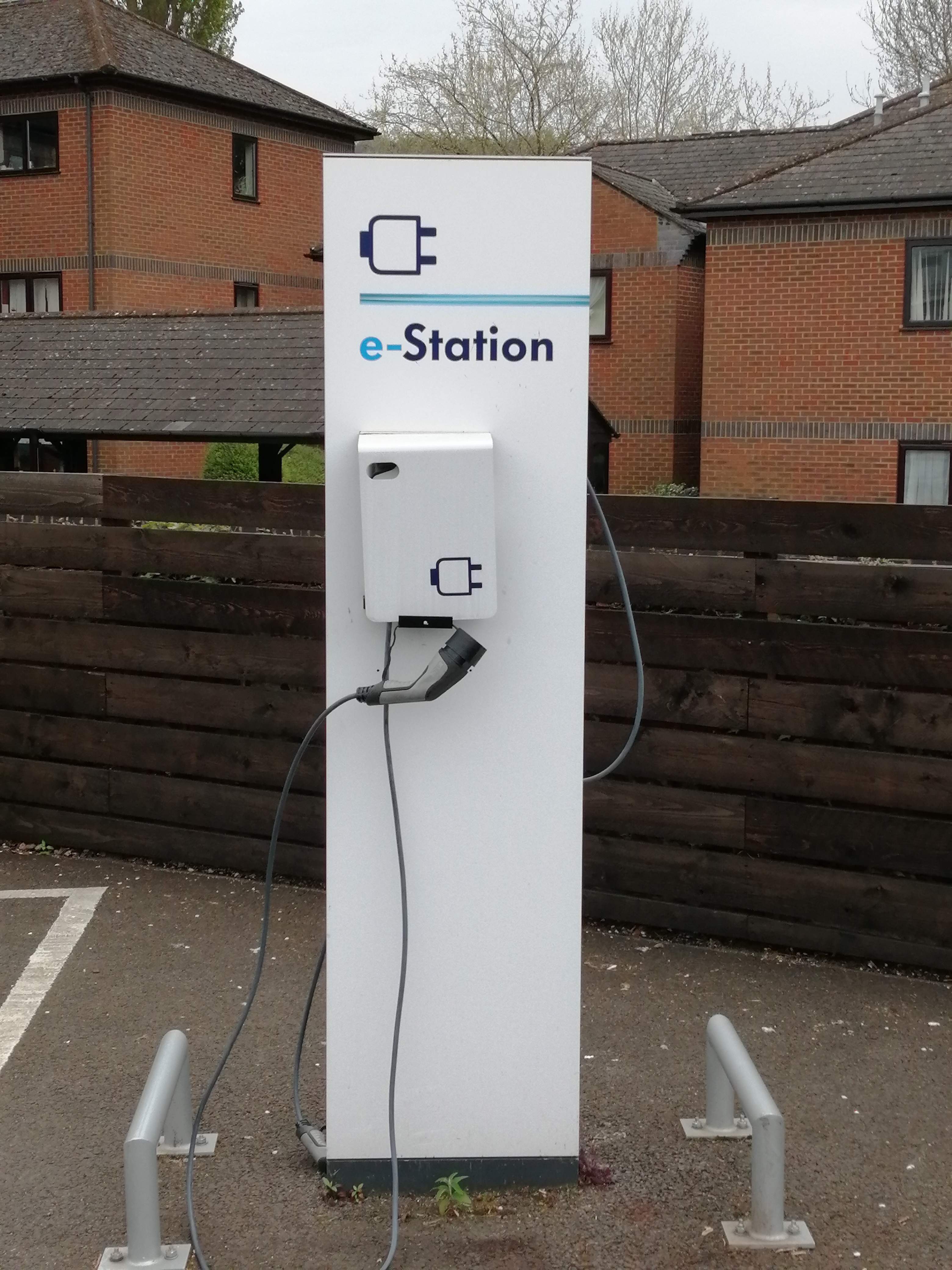Electric Vehicles – Ready for Prime Time?
Electric Vehicles - Ready for Prime Time? is one of a series of articles regarding electric vehicles and energy efficiency.
If you would like to find out more Free Phone 0800 298 5224 today
Electric Vehicles – Ready for Prime Time?
Technical Readiness
Many of the early electric vehicles on the market had limited range, and were not by any stretch of the imagination aspirational vehicles. Over the last 2 to 3 years, this has been changing so that there is now a rapidly growing selection of electric vehicles with sufficient range and performance to be a practical alternative to petrol of diesel vehicles.
Range
Available vehicles (2020 models) have an official range from around 160 miles to 370 miles per charge. It should be noted that actual range is reduced in winter when battery charge of partially used to heat the vehicle. A reduction of around 25% is to be expected in winter driving. Unlike petrol and diesel vehicles which are thirstier in stop start traffic, EV range tends to be very little impacted driving in town.

Electric Car
Battery Life
Some early electric vehicles tended to lose range to a significant degree after a few hundred charge cycles, which given the fact that they often had a range of only around 100 miles to start with could mean that after around 50,000 miles, their range per charge could drop to maybe 80 miles so requiring a new battery. This tended to be worst with regular fast charging, hot climate zones, and full range charging and discharging i.e running until the battery is nearly empty then filling it to 100%. When charged slowly, used in cooler regions, and kept between 20% and 90% state of charge rather than filled to 100%, the battery life tended to be substantially improved.
More recent battery packs perform substantially better – starting with larger battery capacity giving in most cases 200 mile plus range means vehicles can cover substantially more miles for a given number of charge cycles, most current vehicles are using improved liquid cooling systems to reduce deterioration, enhanced battery management technology ensuring all cells are evenly charged, and improved battery cells good for significantly more charge cycles than earlier versions. Most current model battery packs should be good for 200,000 miles with 20% reduction in range if properly looked after.
Further improvements to battery technology are constantly being made, reducing cost, increasing energy density and safety, reducing internal resistance, and increasing both allowable speed of charge and the number of charge cycles before the battery needs replacing.
For more articles on Energy Efficiency Click on one of the links below
Energy Efficiency have we got it all wrong?
Energy Saving
Energy Surveys and Thermal Imaging
Eco-sustainability
Performance
Recent model electric vehicles are generally at least as fast as their petrol and diesel (ICE) vehicle equivalents and can deliver their full power pretty much instantly at any speed from standing still to motorway speeds. This high torque characteristic makes their performance exceptionally useable giving them instant acceleration within milliseconds of applying the throttle, and allowing great overtaking ability without the need for gear changes. Some higher end electric vehicles can outperform high end Lamborghini and Ferrari models in a quarter mile drag race.
Charging
Electric vehicles can be charged at home from a standard plug, or using a dedicated home charger – typically rated at 7 kW. Most models can be fully charged overnight using a home charger.
Fast chargers at service stations etc. can deliver far higher power levels – usually slowed down by the vehicle to varying degrees to ensure the battery is not damaged by overheating or excessive currents during charging. With the right charger, most electric vehicles can charge to 80% capacity in 30 to 40 minutes (80% to 100% takes longer as charging is slowed as the battery fills up as cells are more at risk of damage during fast charging the nearer they get to fully charged – clever software is used to balance the need for fast charging with protecting the life of the battery).

Electric Vehicle Charger
For Helpful Information - Free Phone 0800 298 5424 Today
Noise
Whilst electric vehicles produce very little motor noise, there is now a requirement that they produce sufficient noise to alert pedestrians when driving at low speeds.
Maintenance
Electric vehicles have far fewer moving parts and much reduced maintenance requirements than petrol and diesel vehicles – to the point where Tesla vehicles have only 6 parts which by design are intended to be replaced – 4 tyres, and 2 wiper blades.
Environmental Impact
Every item we consume has an environmental impact. For vehicles, this environmental impact breaks down into
Pre-use impacts from mining, manufacture, and delivery to the customer.
In use impacts from fuel / electricity, parts, and support infrastructure – fuel stations, chargers, the roads themselves, and parking
and
Post use impacts from scrapping the vehicle and recycling the materials from which it is made.
As with anything, the materials used to make batteries and other vehicle components have environmental impacts, however as battery technology improves, and battery volumes increase impact per kWh is dropping. On the materials side, the main material of concern is cobalt – which has been associated with serious environmental and social impacts in Congo where much of it is mined. The proportion of cobalt in batteries is reducing with each battery generation, and cobalt is unlikely to be a component of future electric vehicle batteries beyond the next few years. It should be remembered that oil extraction and combustion has substantial environmental and social impacts of its own.
In use, the main impact of vehicles is from fossil fuel consumption, or electricity generation.
ICE Vehicles
For ICE vehicles, emissions are pretty much set per mile at the time of manufacture for any given type of driving and driving conditions.
EVs
For EVs this is different. In the UK and many other countries CO2 emissions per kWh of electricity generated have fallen substantially in recent years. This means that running an electric vehicle charged from mains electricity results in progressively lower emissions year by year as more low carbon sources of electricity are added to the power grid. Even when a substantial proportion of generation is from a mix of gas and coal, net emissions per mile are most often lower than for internal combustion engines – with the additional advantage of zero tailpipe emissions of local pollutants.
In use, the only local pollution impacts arising from EVs are from particles shed from tyres and break components. Re tyres, particulate emissions may be slightly higher than ICE vehicles as EVs tend to be heavier. Re breaks, probably less as whereas ICE vehicles mostly use the friction in the breaks to slow down, EVs mostly use the motor in reverse operating as a generator to recover the kinetic energy of the vehicle. Careful EV drivers seldom use friction breaks to slow their vehicles.
Electric vehicles have higher environmental impact during manufacture than ICE vehicles, but substantially less impact both from their energy consumption, and maintenance related consumables once on the road. After a couple of years of typical use, overall environmental impact is around the same as an ICE vehicle. Every year of use thereafter results in a substantial overall reduction in environmental impact versus an ICE vehicle of the same age and broadly comparable specification.
At disposal, EVs currently present a few more difficulties for recycling than ICE vehicles, but that is being worked on. This is partly offset by the fact that battery packs from dismantled EVs can often have a second life for static electricity storage helping to keep the power grid stable as more wind and solar power plants are commissioned.
Summary
Electric vehicles are now available in all classes from city cars to super-cars, offering performance and practicality similar to their petrol and diesel equivalents. Costs are coming down, and overall effectiveness per £ is rapidly improving so that with available tax breaks, there is now a compelling case to choose electric over petrol or diesel vehicles.
References
https://www.transportenvironment.org/what-we-do/electric-cars/how-clean-are-electric-cars
https://www.thisismoney.co.uk/money/cars/article-8236323/Electric-vehicles-THREE-TIMES-greener-petrol-diesel-cars.html
Independent Surveyors
If you truly do want an independent expert opinion from a surveyor with regard to building surveys, structural surveys, structural reports, engineers reports, specific defects report, dilapidations or any other property matters please contact 0800 298 5424 for a surveyor to give you a call back.
1stAssociated articles
We hope you found the article of use and if you have any experiences that you feel should be added to this article that would benefit others, or you feel that some of the information that we have put is wrong then please do not hesitate to contact us (we are only human).
The contents of the website are for general information only and is not intended to be relied upon for specific or general decisions. Appropriate independent professional advice should be paid for before making such a decision.
All rights are reserved the contents of the website are not to be reproduced or transmitted in any form in whole or part without the express written permission of www.1stAssociated.com
Commercial property surveyors
If you have a commercial property, be it leasehold or freehold, then you may wish to look at our Dilapidations Website at www.DilapsHelp.com and for Disputes go to our Disputes Help site www.DisputesHelp.com .

